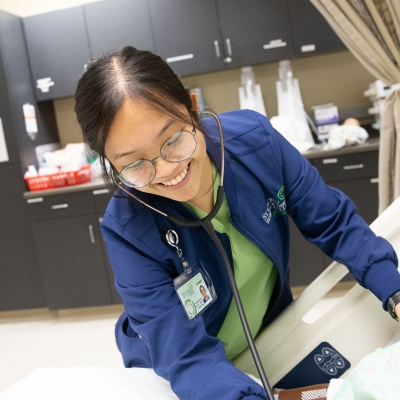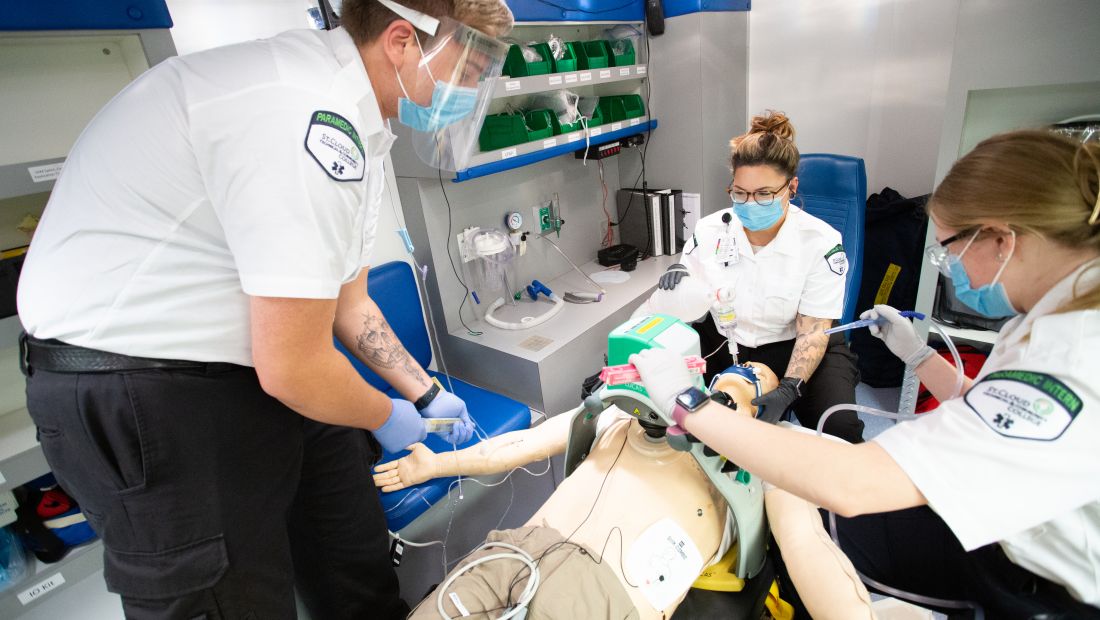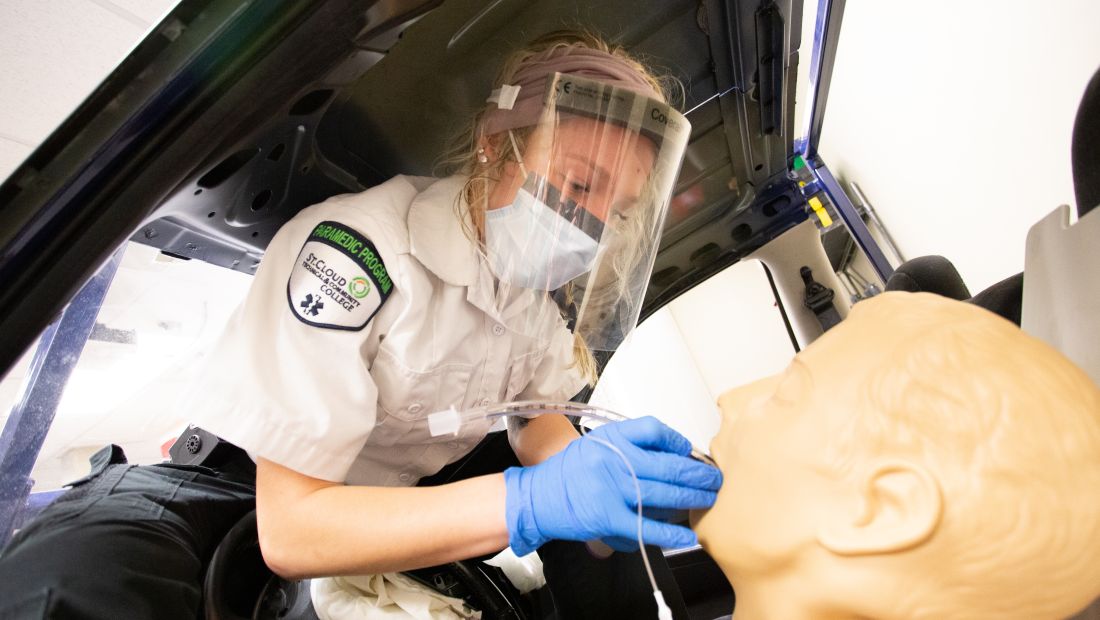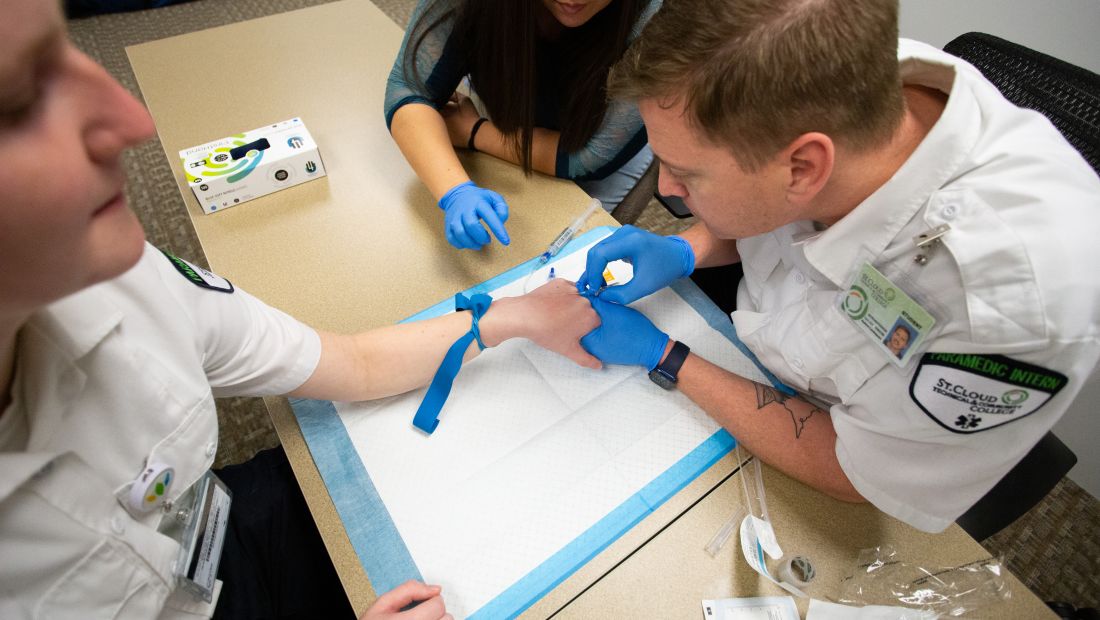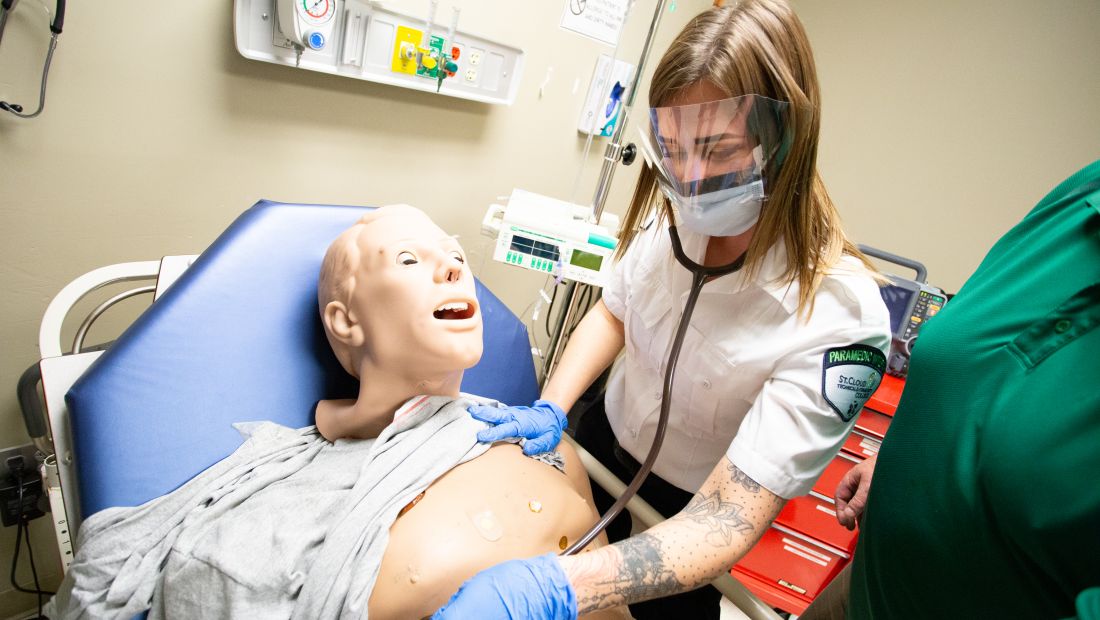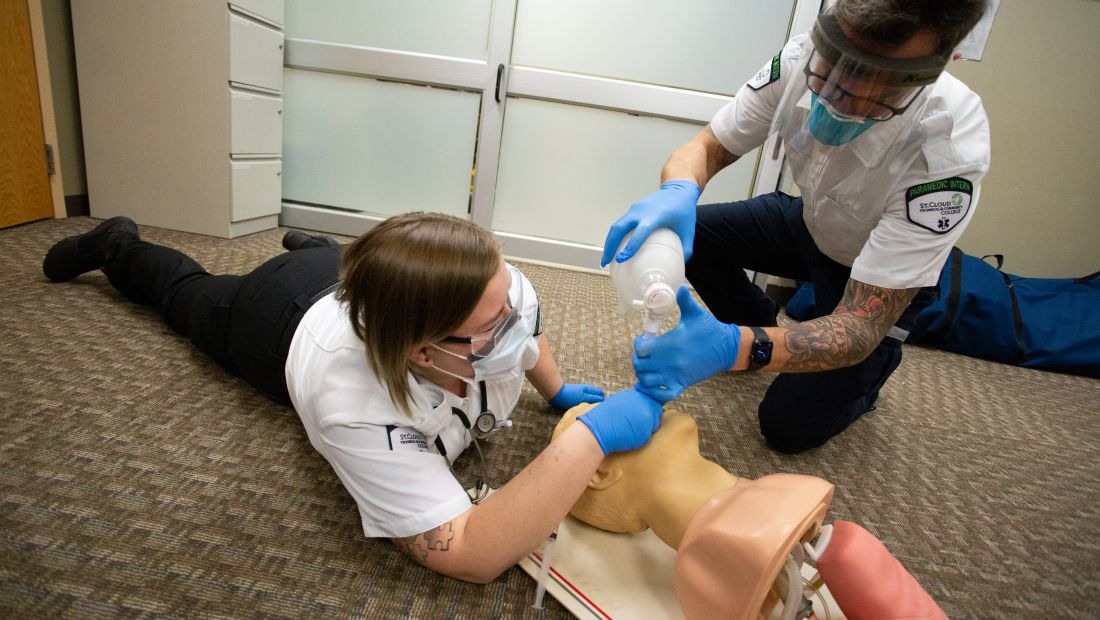DEGREES IN Paramedicine
Paramedicine Associate of Applied Science
By the Numbers
Why Choose This Program
Do you want to advance your Emergency Medical Service (EMS) career to the next level? You can earn your Paramedic Certification in 14 months while attending class one day a week and arranging clinical times around your schedule. Our program offers this flexibility to meet the student’s quality of life needs.
Our program includes classroom and online instruction covering anatomy, physiology, patient assessment, advanced airway, shock/trauma management, cardiovascular disease recognition and management, advanced treatment protocols for trauma, medical and special patient emergencies, and clinical and field internship. Graduates of the program are eligible to take the NREMT Paramedic certification examination.
Our paramedic program is typically offered to the public (civilian), fire departments, EMS agencies, and the military. The only prerequisite for admission into the paramedicine program is having a current Emergency Medical Technician certification by the first day of the program.
In the SCTCC's paramedicine program, our students receive a high level of training to make certain they will provide advanced care through medications and invasive procedures in the pre‐hospital and hospital environment.
Placement rate from self-reported data of graduates available for work in field of study up to one year post graduation. Wage data is from Minnesota Dept. of Employment and Economic Development (DEED). SCTCC Consumer Information.
From Degree to Career
When you choose the Paramedicine program at SCTCC, you’ll gain skills that will directly transfer to the workplace. There are several employers in the St. Cloud area that are ready to hire paramedics and EMT personnel.
In the SCTCC’s paramedicine program, we teach students the necessary skills to provide the best care to future patients. We teach our students how to effectively assess patients for medical and trauma instances, basic and advanced airway management, endotracheal intubation (ETI), and ventilator management.
After graduating, students will know the necessary processes needed to succeed in the workforce. At SCTCC, we train our students how to utilize Supraglottic Airways, Surgical Airway and Cricothyrotomy, Transtracheal Jet Insufflation, Bag Valve Masks (BVM), and Continuous Positive Airway Pressure (CPAP).
With a paramedicine degree from SCTCC, graduates can administer Intravenous Access (IV), Intraosseous Access (IO), and medication for over 60 different medications. Our students ensure quality care by interpreting cardiac rhythms and 12 Lead application.
We even teach our students how to use pacing, defibrillation, and cardioversion, chest decompression, bandaging, splinting, and spinal immobilization so that every paramedicine graduate from SCTCC is prepared for the workforce.
Quick Glance
- Patient Assessment (Medical and Trauma)
- Basic and advanced airway management
- Endotracheal Intubation (ETI)
- Supraglottic Airways (i.e. King Airway, Combitube)
- Surgical Airway / Cricothyrotomy
- Transtracheal Jet Insufflation
- Bag Valve Mask (BVM)
- Ventilator management
- Continuous Positive Airway Pressure (CPAP)
- Intravenous Access (IV)
- Intraosseous Access (IO)
- Cardiac rhythm interpretation
- 12 Lead application and interpretation
- Pacing, Defibrillation and cardioversion
- Medication administration (over 60 medications)
- Chest Decompression
- Bandaging, splinting, spinal immobilization
View all program learner outcomes
Types of Careers
With a degree in paramedicine from SCTCC, our graduates have worked as paramedics, emergency department technicians, and flight paramedics, but the options do not end there. Students can even use their degree for park services or medics on offshore oil platforms.
Potential Employers
From ambulance services, hospitals and emergency rooms, flight services, and event coverage, with a paramedicine degree, our students are certain to find potential employers in the St. Cloud community and beyond.
For current employment rate see chart below.
Many of our SCTCC graduates have gone on to work around the state of Minnesota. You can find our paramedicine program students working with Mayo Health Care EMS, North Memorial Health Care EMS, Multiple Rural EMS providers, Centra Care EMS and Allina Health EMS. Our graduates utilize skills taught in SCTCC classrooms in their careers every day.
Commission on Accreditation of Allied Health Education Programs (CAAHEP)
727-210-2350
Committee on Accreditation of Educational Programs for the Emergency Medical Services Professions (CoAEMSP)
214-703-8445
The St Cloud Technical & Community College Paramedic Program is accredited by the Commission on Accreditation of Allied Health Education Programs (CAAHEP) upon the recommendation of the Committee on Accreditation of Educational Programs for the Emergency Medical Services Professions (CoAEMSP).
Program Outcomes
| National Registry First Time Pass | National Registry Overall Pass | Retention | Placement: Grads who sought jobs or further education | |
| 2022 | 68% | 100% | 95.2% | 100% |
| 2021 | 75% | 94% | 100% | 100% |
| 2020 | 58% | 83.3% | 100% | 100% |
| 2019 | 93% | 91.7% | 85% | 100% |
| 2018 | 93% | 100% | 92.3% | 100% |
SCTCC Paramedicine students consistently pass the National Registry at higher rates than the national standard.
Ready to Take the Next Step?
Are you ready to learn more about the Paramedicine program and being a student at SCTCC?
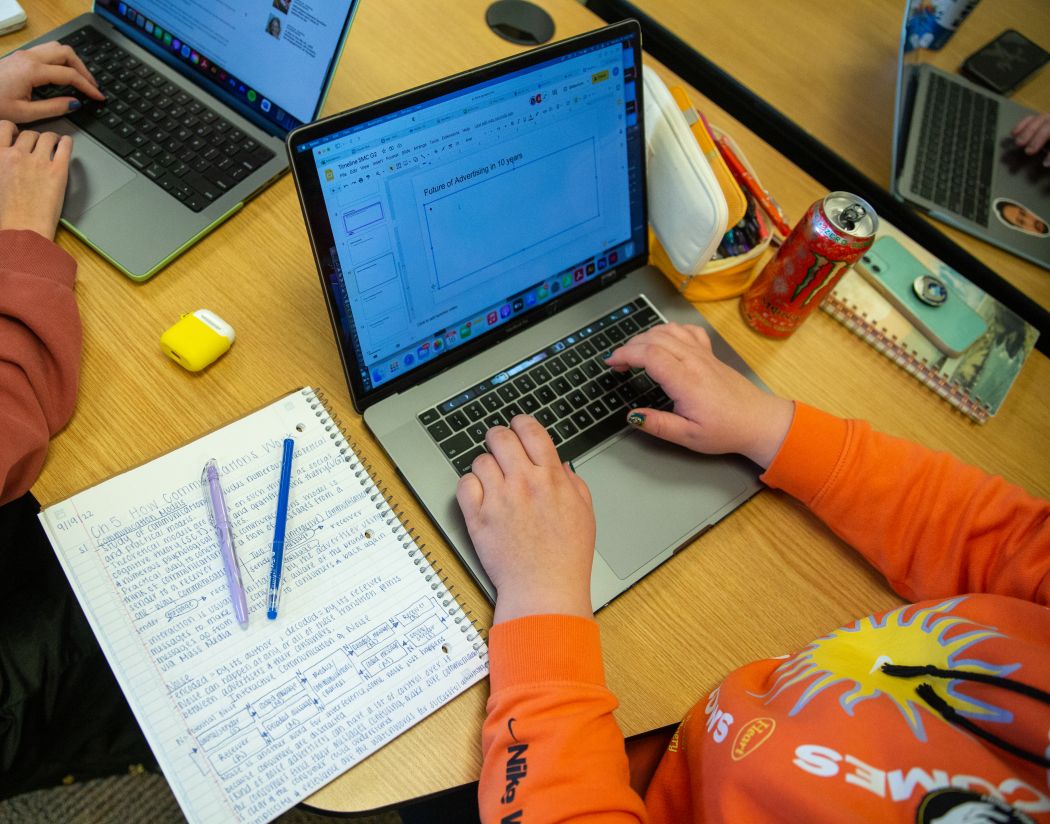
Fill out this form to receive useful information that's specific to your program.
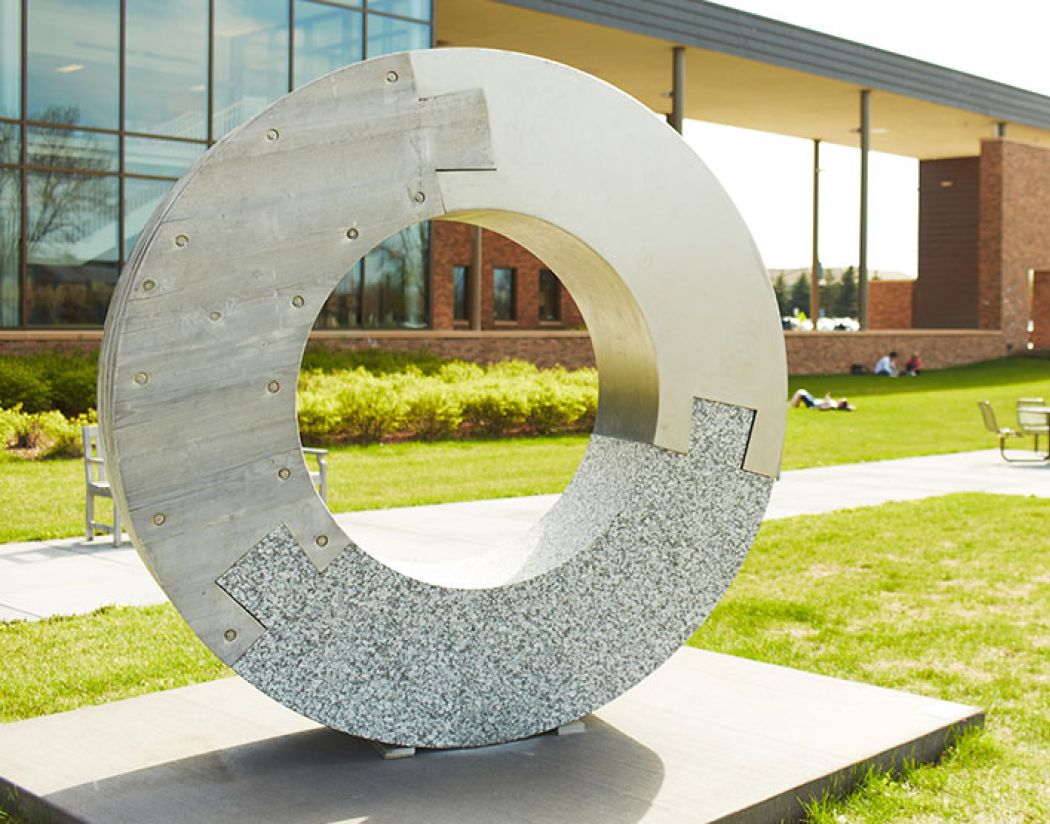
- Call us at 320-308-5089
-
Email us at recruitment@sctcc.edu
- On campus Monday-Friday, 8 a.m.-4:30 p.m.
Visiting campus is an excellent opportunity to learn about SCTCC programs, the application process, and tour the state-of-the-art-labs and classrooms.
Paying for College
Students choose SCTCC for a lot of reasons, but saving money is one reason we hear from almost every student at SCTCC. We’ve got a breakdown of the costs for the program, along with information on financial aid and scholarships.
Apply just once and you are considered for all eligible SCTCC scholarships.

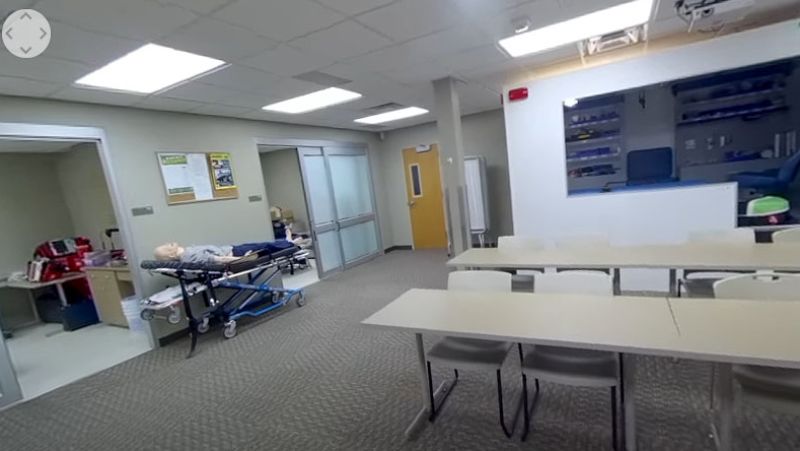
Paramedicine Instructor
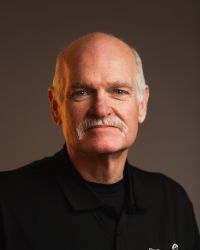
Current students who are Pre-Paramedicine can contact the Academic Advising Center.
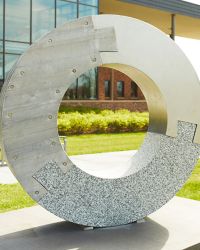
Northway 1-401
1540 Northway Drive
St. Cloud, MN 56303
Good Stuff
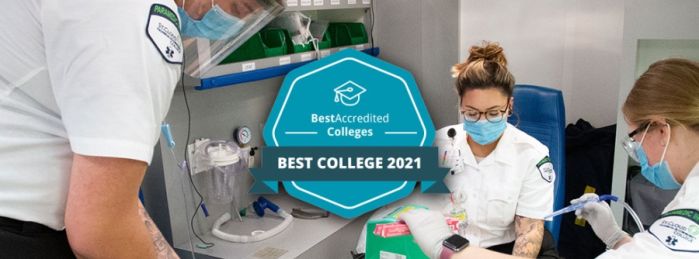
Paramedicine Program Listed in National Ranking of Best Colleges
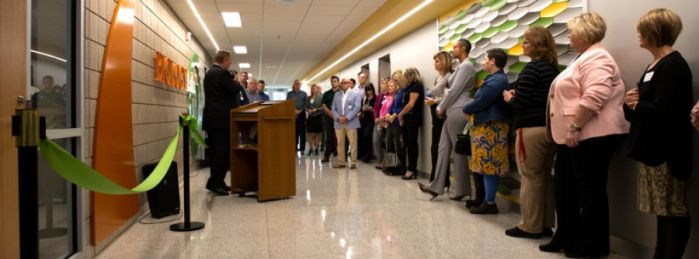
New Biology Labs bring new technology for students
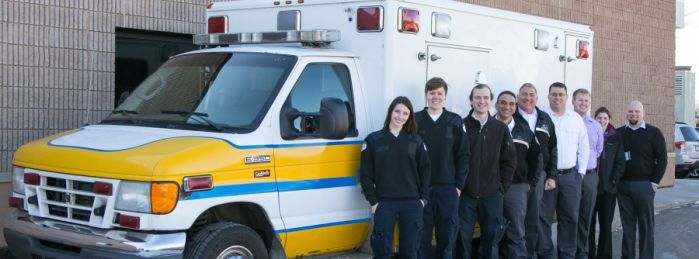
Ambulance donation brings real world to Paramedicine
More Like Paramedicine
